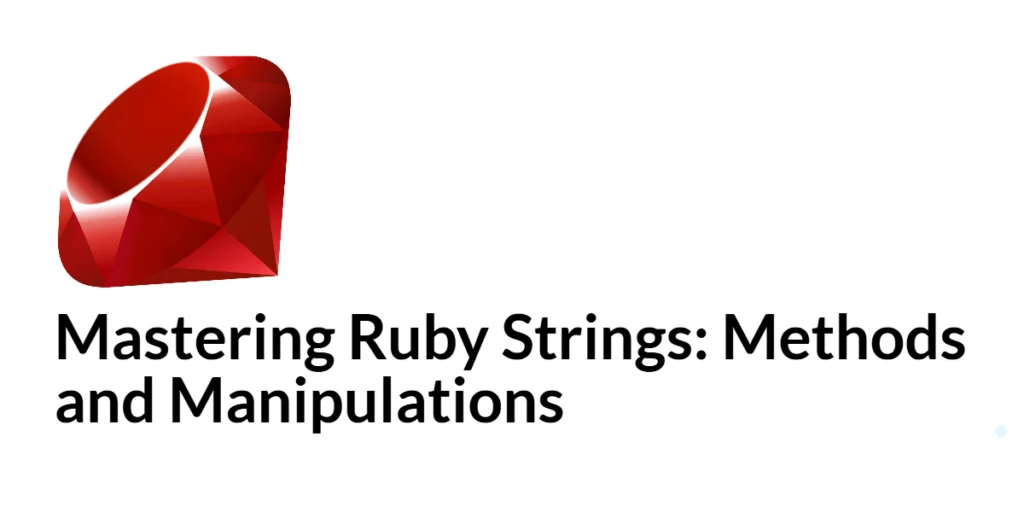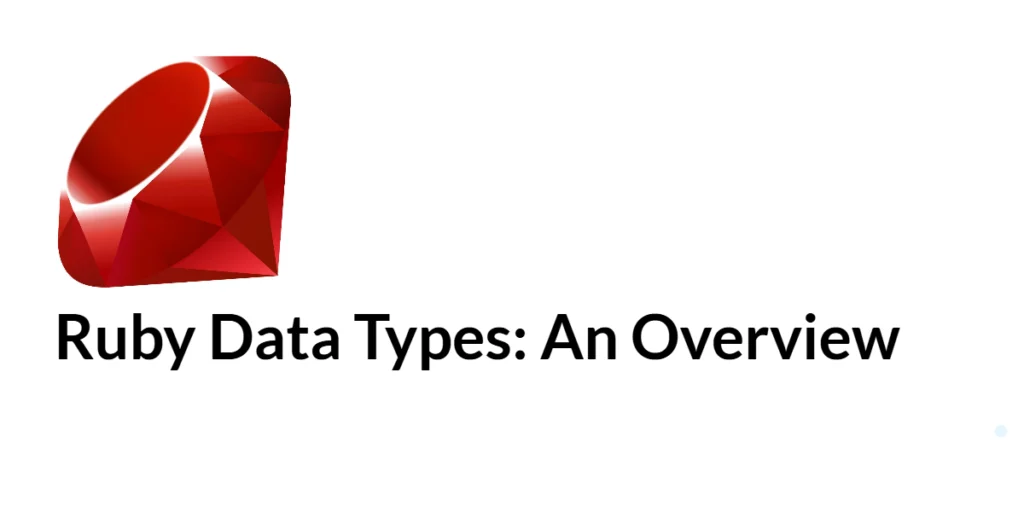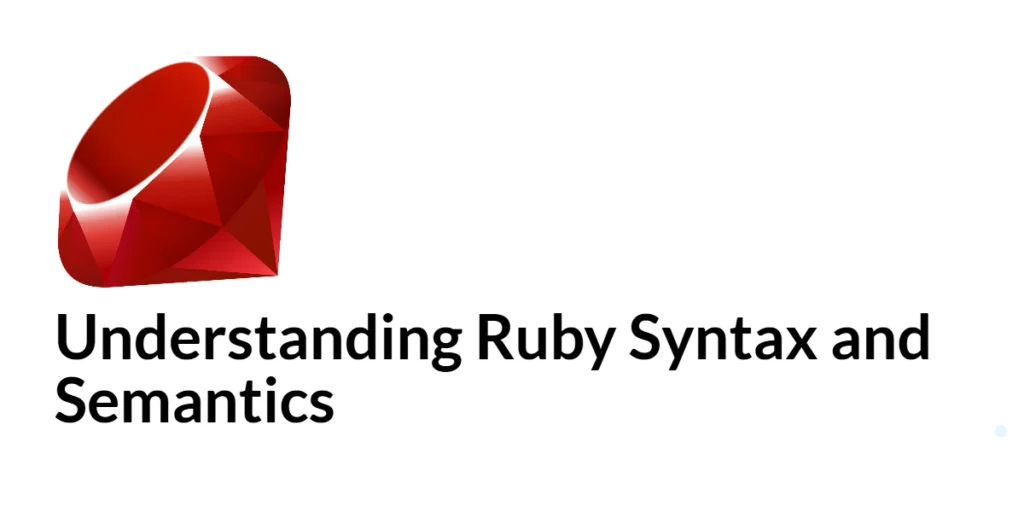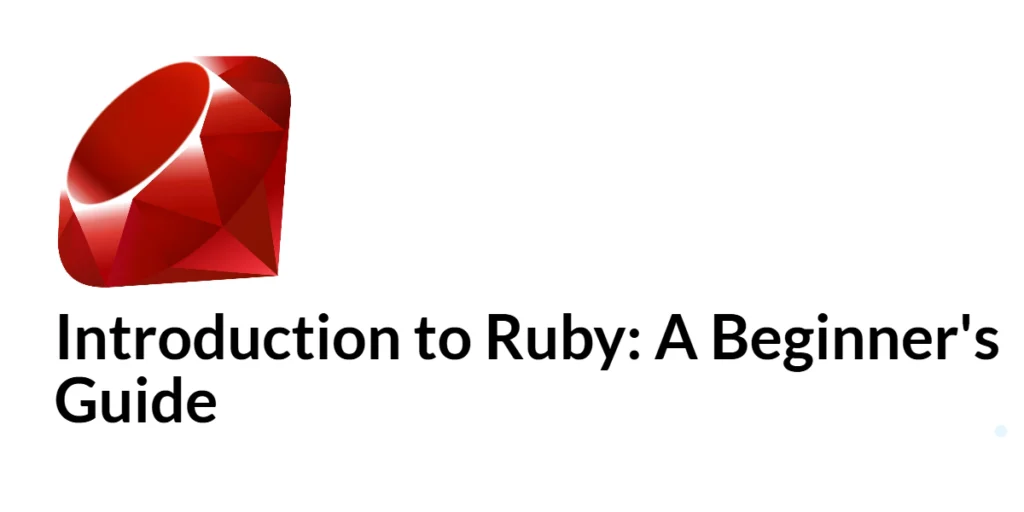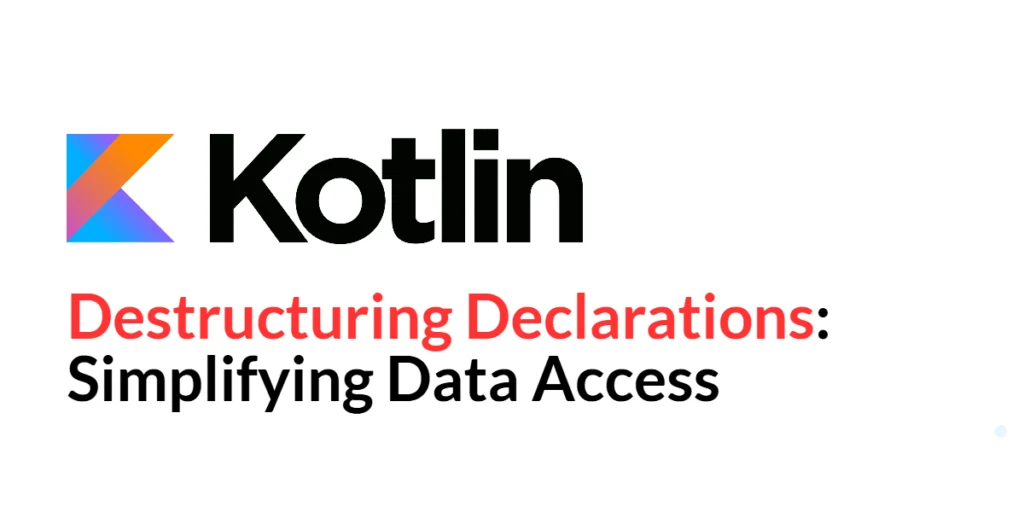Working with Ruby Arrays: Methods and Use Cases
Arrays are a fundamental data structure in Ruby, providing a way to store ordered collections of objects. Whether you’re working with a list of numbers, strings, or more complex objects, arrays offer a versatile and efficient means of managing collections of data. Understanding how to work with arrays is essential for any Ruby developer, as […]
Working with Ruby Arrays: Methods and Use Cases Read More »


